
Editor's Note: This story originally appeared on Point2.
Once the central point of all domestic activities, the fireplace is still the cornerstone of cozy, convivial living, helping the cold winter months go by faster.
And with the right maintenance routine, you can be sure that it will keep you warm, safe and snug for many years to come.
Here are our tips for maintaining a wood-burning fireplace.
1. Only Burn Dry, Seasoned Wood
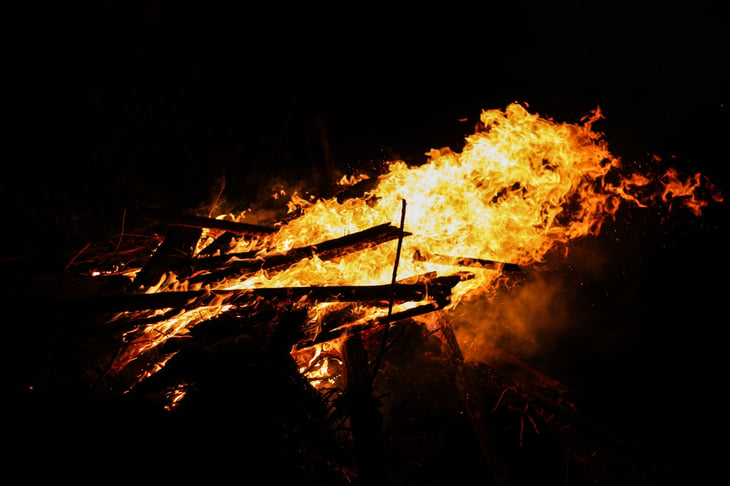
Many fireplace problems can be prevented by simply burning the right wood. You’ll also want to make sure that the wood has been seasoned for at least six months before burning.
Unseasoned wood has a higher moisture content. This creates smoke as the wood burns, resulting in creosote buildups in the flue.
Tip: The best firewood choices are hardwoods such as maple, oak and birch, which burn hot without producing too much creosote.
2. Prioritize Personal and Home Safety

Always allow the fireplace to cool down completely before you clean it. Ideally, you’ll want to wait around 24 hours before taking the ashes out.
Make sure to use goggles and sturdy gloves when cleaning, and wear a mask to avoid breathing in ashes and soot.
To take fireplace safety to the next level, consider installing a heatproof glass door. This will protect the room in case sparks and cinders find their way outside the fireplace.
3. Clean Soot and Creosote Regularly
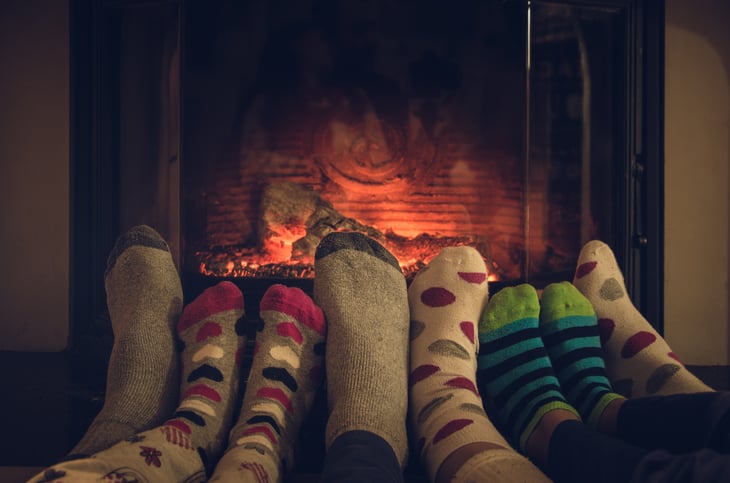
Soot and creosote are unavoidable byproducts of the wood-burning process. If allowed to build up, they can cause blockages in the chimney and even lead to house fires.
Once a week, use a small brush, water and an all-purpose cleaner to remove the creosote and soot from the inside of your fireplace.
For the chimney flue, or if your fireplace is coated in a very thick layer of creosote, the best approach is to hire a professional chimney sweep to handle the cleaning.
4. Make Sure the Damper Is Working Properly
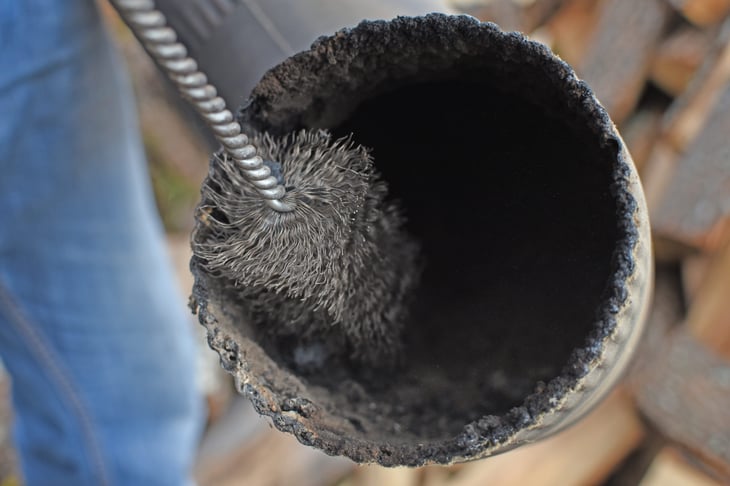
If your chimney flue has a damper, you’ll need to check it regularly to make sure that it’s not blocked by debris and that the plate is on its track.
If the damper is not opening and closing properly, or worse, if it’s stuck shut, this can cause smoke and carbon monoxide to spill inside your home.
Use a soft brush and water to clean soot and creosote off the plate and hinges regularly, and call a professional if the plate and frame need repairing or replacing.
5. Clear Out Ashes Once a Week
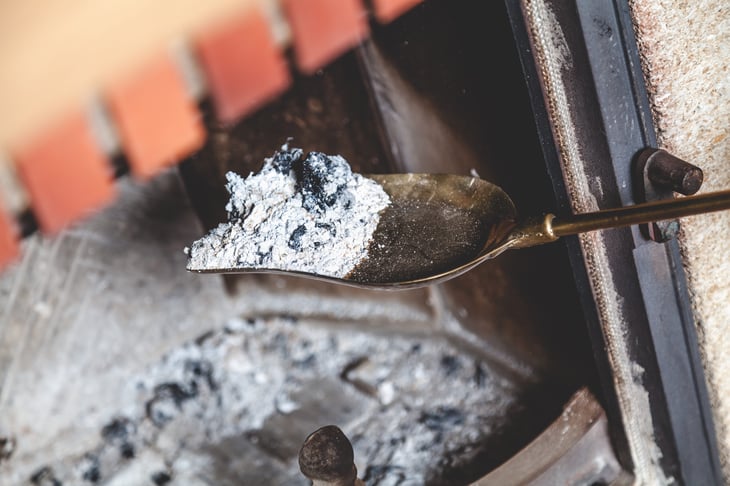
Depending on how often you use your fireplace, you’ll need to clear out the ashes once a week or when the layer is thicker than one inch.
Allowing the ash to build up can block and damage the vents at the bottom of the fireplace. However, too little ash can leave the bottom of the firebox exposed, which can cause cracking and warping.
Tip: If you have a garden, save the wood ash for your plants. Rich in phosphorus and potassium, ash makes an excellent fertilizer, and it can also be used to neutralize acidic soils.
6. Check the Chimney Flue
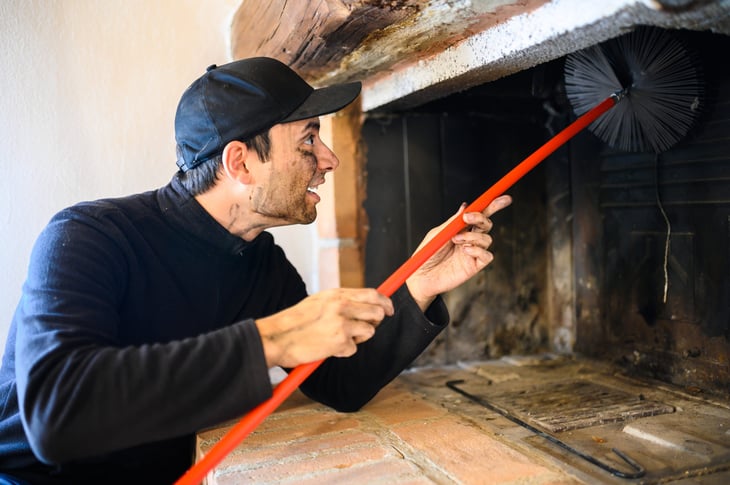
Using a flashlight, take a look inside the chimney flue. Look for any signs of damaged liners, cracked brick, chipped or missing mortar, or even missing bricks.
If you notice that the interior is covered in a thick, tar-like substance, that’s a sign that there’s a lot of creosote building up in the flue. In such cases, always ask a professional to help remove it.
7. Inspect the Chimney Cap
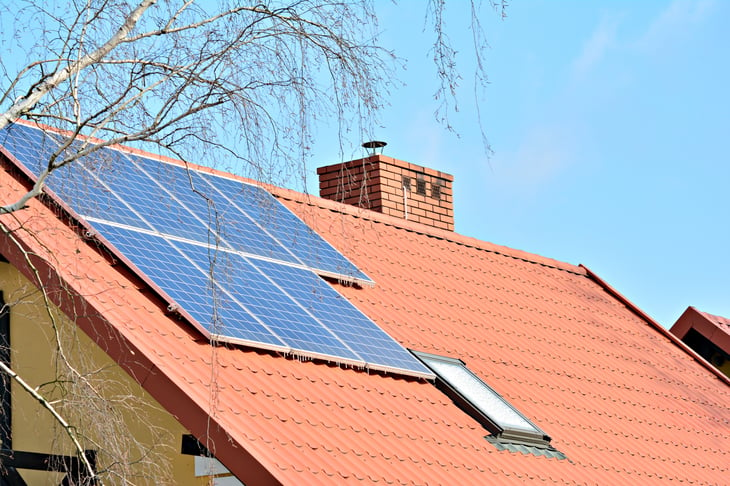
In time, the chimney cap can become blocked with leaves, twigs, dirt and other debris. It can also get covered in creosote deposits, which further restrict airflow.
This will prevent smoke from escaping properly and make lighting a fire difficult. Keep the chimney cap clean throughout the year, and check for debris, especially after a storm or strong winds.
Tip: Even if your chimney doesn’t have a cap, it’s worth having it in place. Installing one can cost a few hundred dollars, yet it will prevent rain, snow and debris from falling into your fireplace, keep birds from building nests on top of your chimney, as well as protect your roof from sparks and embers.
8. Have the Fireplace Inspected Once a Year
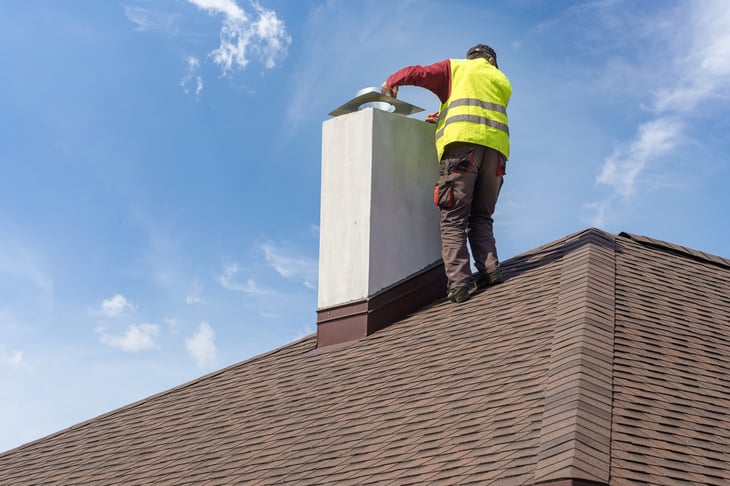
The National Fire Protection Agency recommends that chimneys and fireplaces be inspected at least once a year.
This will ensure that all components are working correctly, that they are free from blockages and deposits, and that the risk of a house fire is drastically reduced.
Of course, inspecting the fireplace yourself regularly helps a lot, but hiring a professional at the start of the heating season is the best way to ensure that you’re using your fireplace safely.





Add a Comment
Our Policy: We welcome relevant and respectful comments in order to foster healthy and informative discussions. All other comments may be removed. Comments with links are automatically held for moderation.